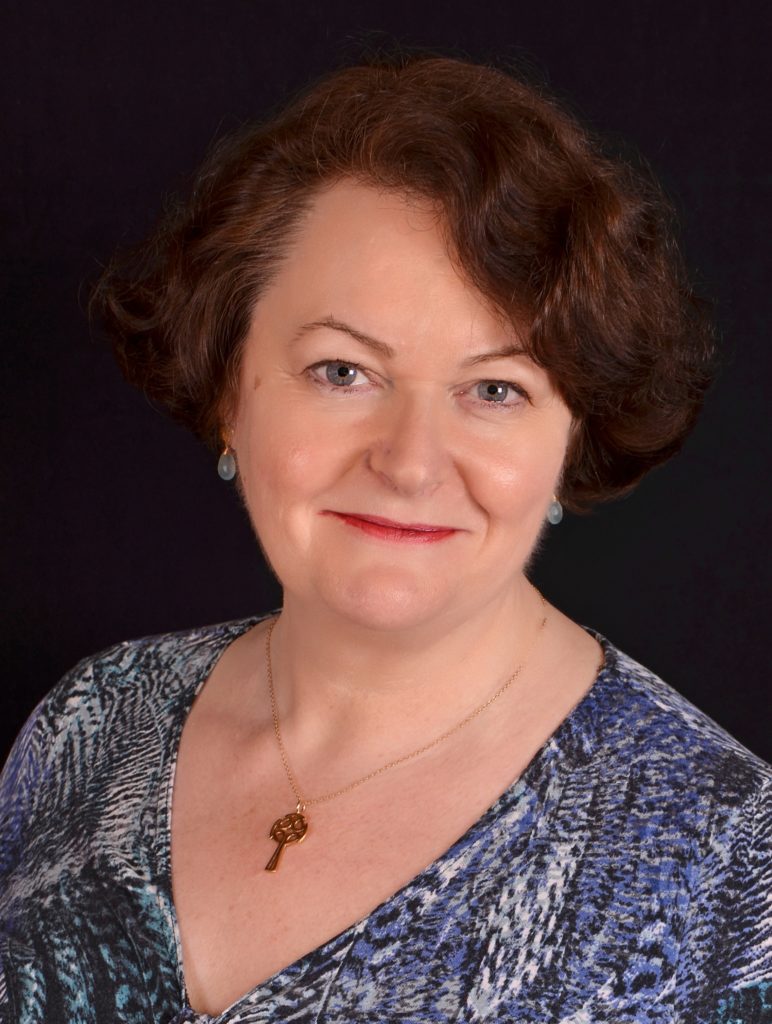 While the four UK health services face the same challenges—increased demand due to an ageing population, workforce shortages, and tight finances—they have diverged considerably since devolution and the Nuffield Trust has begun a series of reports considering the merits of each system. The first report, Learning from Scotland’s NHS, particularly highlighted NHS Scotland’s integrated structure and its focus on quality and safety.
While the four UK health services face the same challenges—increased demand due to an ageing population, workforce shortages, and tight finances—they have diverged considerably since devolution and the Nuffield Trust has begun a series of reports considering the merits of each system. The first report, Learning from Scotland’s NHS, particularly highlighted NHS Scotland’s integrated structure and its focus on quality and safety.
NHS Scotland reversed the purchaser-provider split shortly after devolution, got rid of hospital and primary care trusts, and is currently working on the integration of health and social care. In contrast, NHS England is becoming more fragmented, due to the outsourcing of health services to competing private providers, and now faces its second major reorganisation in just five years.
While Scotland may be recognised for still having a unified public NHS, people may be less aware of its innovation in quality improvement over the past 15 to 20 years. I saw this approach emerge as I had the honour to lead the project group that developed the Scottish breast cancer standards. Scotland already had an international reputation for epidemiology and cancer registration but, at that time, few hospitals routinely collected audit data for service improvement.
In 1999 (the year of devolution) I was approached by what is now called Health Improvement Scotland (HIS) to develop clinical standards for breast cancer units. I remember thinking “wow, someone is actually going to listen to frontline clinicians.”
The aim was to ensure that services were of high quality right across Scotland and not just for patients treated in prestigious academic centres. The most important clinical measures were selected from the Scottish Intercollegiate Guideline Network (SIGN) guidelines and developed into auditable standards. Patients were included in the development team to ensure that they remained patient focused.
A key difference from other audit systems was that we avoided creating league tables. It isn’t helpful to tell a patient that there is a great hospital 500 miles away when what she needs is her local unit to be of a high standard. We therefore set “essential” and “desirable” target levels for each standard, which meant every unit could aspire to achieving them.
It took until 2003 to have comparable data for all breast cancer units in Scotland and since 2007, the performance of all Scottish units has been compared and discussed at an annual Scottish Breast Cancer Networks Conference.
While any unit that is failing or lagging behind is challenged, other teams share their experience and expertise to provide practical solutions. This is one major advantage of not having a competitive system, as in England, where private providers are fighting for contracts and are perhaps less likely to cooperate in a comparative audit in this way. Let’s face it, Debenhams and M&S don’t sit down to share practice in customer service!
In England, market competition and financial incentives are used to set targets during the tendering process, while the Care Quality Commission passes judgment on clinical services and financial performance. This system is adversarial in nature, while the aim in Scotland is to encourage cooperative working among staff, patients, and health boards to improve clinical quality and safety.
Over the past 15 years, variability has reduced and the performance of Scottish breast cancer units has improved against key measures. These include pre-operative diagnosis, which allows patients to be involved in planning their treatment; the availability of breast reconstruction for patients who’ve had a mastectomy; and the timely introduction and appropriate use of new drugs and surgical techniques.
Scotland was also the first country to have a nationwide Patient Safety Programme, which was introduced in 2005 to reduce the risk of errors and complications in patients undergoing surgery.
The approach was quite radical. Each surgical operating list now starts with “the huddle,” which sees each patient is discussed to ensure advanced recognition of those at high risk or needing special equipment. First names are used to reduce barriers and avoid junior members of staff feeling too intimidated to raise a concern with a professor who might be operating. For older surgeons, this took a bit of getting used to. As well as rigorous checks of the patient’s ID, consent form, skin marking, antibiotic requirement, x-rays, and pathology results, there is “time out” taken by the whole theatre team for a final “pre-flight” check to ensure the right operation is carried out on the right patient for the right reason.
The Patient Safety Programme quickly spread throughout other hospital departments, maternity units, and primary care to minimise errors and promote early diagnosis of deteriorating conditions.
Health Improvement Scotland has previously been criticised for encompassing both regulatory and improvement roles, but the Nuffield Trust found this approach to be more successful in improving the quality and safety of care for patients. The fact that such changes were brought about in the routine behaviour of clinicians, rather than just remaining in a protocol folder, is one of the biggest advances in NHS Scotland over the past 15 years. Quality improvement has made its way into the DNA of frontline staff—where it belongs.
Philippa Whitford was a general and breast cancer surgeon for 33 years before being elected as an SNP MP for Central Ayrshire in 2015. She became their health spokesperson in Westminster and served on the Health Select Committee 2015-2017.
Competing interests: I have read and understood the BMJ Group policy on declaration of interests and declare the following interests: None.
